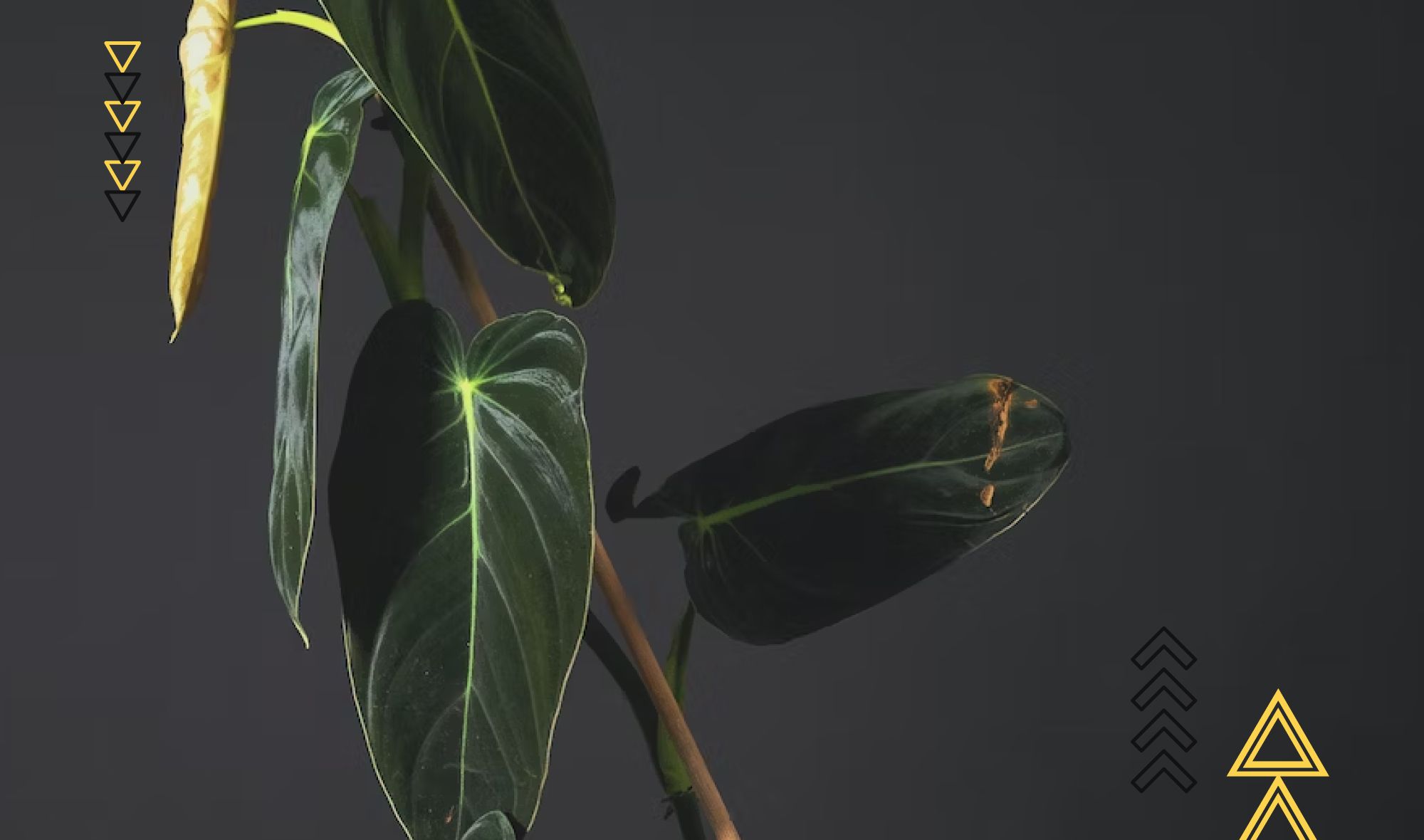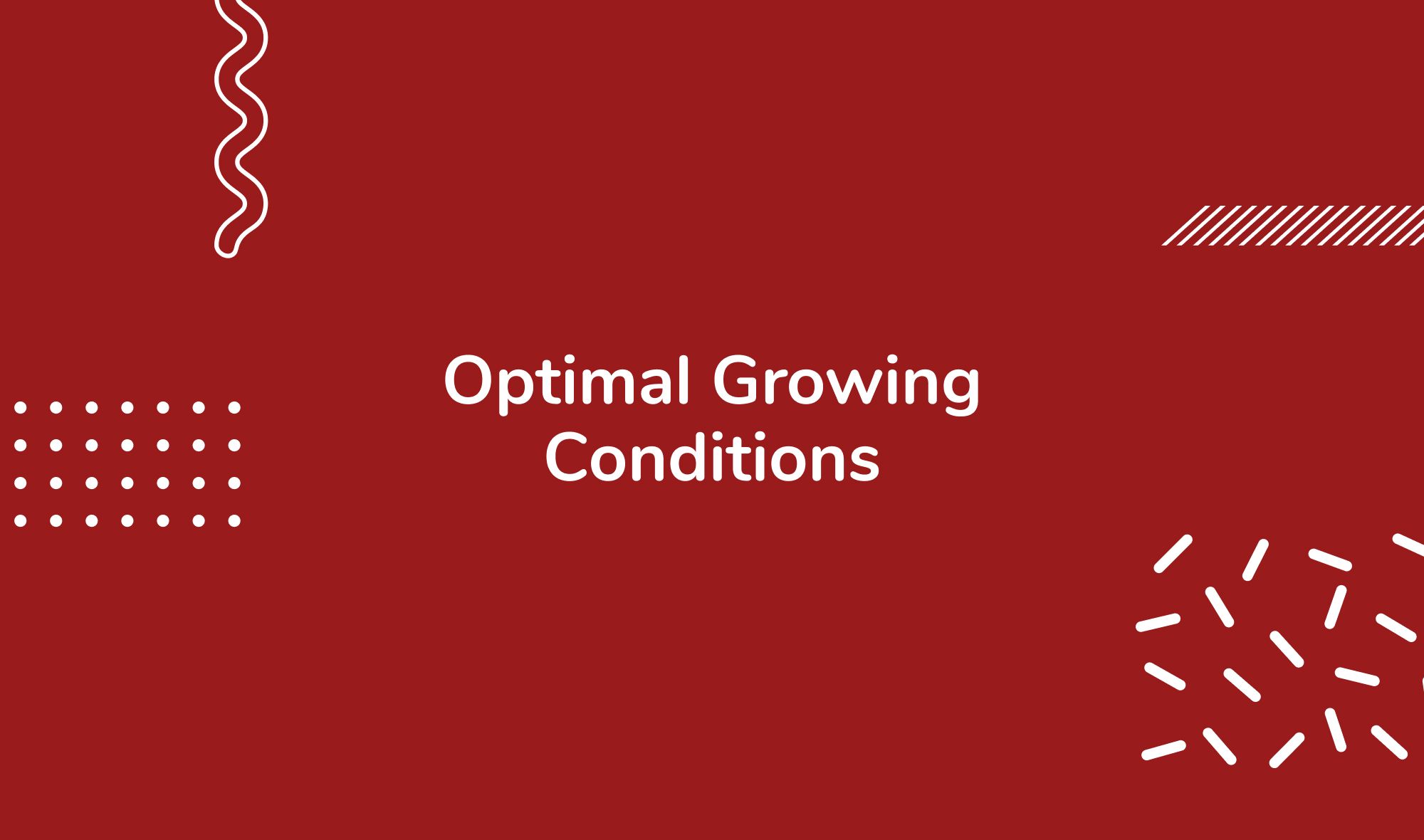How to Care for Philodendron Melanochrysum: The Essential Guide
By HeyHome • July 16, 2023
Key Takeaways
- The Philodendron Melanochrysum is a rare plant valued for its velvet leaves.
- It requires specific light, temperature, and soil conditions to thrive.
- Propagation is best done through stem cuttings.
- Awareness of common pests and diseases is crucial for the plant's health.

In the realm of indoor plants, a select few species stand out for their stunning, unique foliage and captivating growth habit. One such species is the Philodendron Melanochrysum, also known as the Melano plant. With its dark, velvet leaves, this tropical beauty captivates houseplant enthusiasts around the globe, making it a highly coveted and somewhat rare houseplant in many collections.
As a member of the Araceae family, Philodendron Melanochrysum carries the inherent grace and resilience typical of the Philodendrons while offering an exquisite touch of opulence. However, despite its exotic appearance, caring for this plant isn't as complex as you might think.
Whether you're a seasoned indoor gardener or a newbie to the plant world, this detailed guide will unravel everything you need to know about growing, caring for, and propagating this delightful species. From understanding the right light and water requirements, to dealing with common pests and diseases, we'll cover it all.
Are you ready to dive into the enchanting world of the Philodendron Melanochrysum? Let's get started.
And remember, if you're just starting your houseplant journey or looking to expand your indoor garden, don't forget to check out our wide range of articles on gardening and houseplants at HeyHome for more guidance and inspiration.
Join our newsletter
Stay on top of the latest in landscaping and lawn care with one valuable tip right in your inbox every Saturday morning.
Understanding Philodendron Melanochrysum
A deeper understanding of the Philodendron Melanochrysum begins with its origins. This rare houseplant hails from the tropical rainforests of South America, particularly Colombia, Ecuador, and Peru. Its Latin name, Melanochrysum, translates to 'black gold,' a moniker that perfectly encapsulates the dramatic coloration of its leaves.
Characteristics
The Philodendron Melanochrysum is an evergreen, climbing plant that's known for its lush, heart-shaped, velvet leaves. The velvety texture and dark green, almost black hue make this Philodendron stand out. Each leaf can grow up to 3 feet long in mature plants, with a width of about a foot, adding to its dramatic appeal.
Unlike many flowering plants, this Philodendron does not have a specific bloom time. It can produce small, inconspicuous flowers sporadically throughout the year, but it's primarily grown for its foliage rather than its flowers.
Comparison with Other Philodendrons
While all Philodendrons have a certain charm, the Melanochrysum is somewhat of a show-stopper, especially when compared to its relatives. Take, for instance, the Philodendron Micans. The Micans, while also possessing velvety leaves, has a more muted color palette, with hues of green and rust. In contrast, the Melanochrysum’s leaves have a rich, deep, dark green color, setting it apart in any collection.
Rarity and Desirability
This Philodendron is a rare find due to its unique, velvet leaves, and striking appearance. Its natural elegance, combined with a knack for growing large, creates a captivating visual presence. Therefore, it's a highly desirable houseplant for enthusiasts seeking to add a touch of the extraordinary to their indoor gardens. Although it may be harder to find than other Philodendrons, the effort is well worth it for the reward of owning this beautiful plant.
Optimal Growing Conditions for Philodendron Melanochrysum

Providing the right conditions is essential to make sure your Philodendron Melanochrysum thrives as an indoor plant. In this section, we'll discuss light, soil, temperature, humidity, and feeding requirements for the best growth results.
Light
Philodendron Melanochrysum prefers bright, indirect light. Too much direct sunlight can lead to leaf burn, while too little light may result in leggy growth and reduced leaf size. A north or east-facing window can provide an ideal balance.
Soil
When it comes to soil, the Melanochrysum thrives in well-draining but moist conditions. It's a bit of a balancing act — the soil should retain enough moisture to keep the roots hydrated
but should also allow excess water to drain away, preventing root rot. A mixture of peat moss, perlite, and a bit of bark can achieve this balance. If you're unsure about the differences between different types of soil, our guide to fill dirt vs topsoil may help.
Temperature
This tropical plant prefers warmer temperatures, ideally between 65-80°F (18-27°C). It's not tolerant of cold drafts or temperatures below 60°F (15°C), so avoid placing it near drafty windows or doors during the colder months.
Join our newsletter
Stay ahead of the curve in all things outdoor.
Get the inside scoop on the latest landscaping, lawn care, and fencing trends with 1 actionable tip every Saturday morning.
Humidity
As a tropical rainforest species, the Philodendron Melanochrysum loves high humidity. Aim for a relative humidity of at least 60%. You can maintain this by placing the plant on a humidity tray, using a humidifier, or grouping it with other plants. Misting the leaves can also help, but ensure you use distilled or rainwater to avoid leaf spotting.
Feeding
Finally, feeding your Philodendron Melanochrysum with a balanced houseplant fertilizer every two weeks during the growing season (spring and summer) will support its growth. In the dormant winter months, reduce this to once a month.
Understanding and implementing these growing conditions will set your Philodendron Melanochrysum up for a successful growth journey. Up next, we will guide you through the plant's propagation process.
Watering and Caring for Your Philodendron Melanochrysum

Proper watering and regular care are key to keeping your Philodendron Melanochrysum healthy and attractive. Let's dive into how to water your Melano Philodendron and the tips you need to prune and care for it effectively.
Watering
When it comes to watering, Philodendron Melanochrysum does not like to stay too dry or too wet. Wait until the top inch of the soil is dry before watering, typically once a week during growing season and less often in winter. When watering, do so thoroughly until you see water running out of the bottom of the pot. Remember to avoid letting the plant sit in standing water as this can lead to root rot.
Pruning and Care
Pruning your Philodendron Melanochrysum helps maintain its size and shape, and promotes a healthier, bushier growth. Remove yellowing or dead leaves at their base with a sharp, clean tool. The best time to prune is in the spring when the plant is actively growing.
Additionally, regularly cleaning the plant's leaves with a soft, damp cloth not only keeps it looking great but also helps prevent dust build-up which can interfere with photosynthesis.
Propagating Your Philodendron Melanochrysum

If you want to multiply your collection of Philodendron Melanochrysum or share this rare houseplant with friends, propagation through stem cuttings is your best bet. Here's a step-by-step guide on how to do it, along with tips on where to place the new plant cuttings for optimal growth.
Propagation Steps
- Choose the right stem: Look for a healthy, mature stem with at least two nodes (small bumps where the leaves connect). The best time for cutting is during the growing season, typically in spring or early summer.
- Make the cut: Using a sharp, clean knife or pair of scissors, make a cut just below the node. Ensure your cutting is around 4-6 inches long, and includes at least two leaves.
- Prep your cutting: Remove the lower leaves, leaving only a couple at the top of the cutting. This helps the plant focus its energy on root growth.
- Rooting: Place your cutting in a container with water, ensuring the node is submerged. You could also use a well-draining but moist potting mix. If you opt for soil, dipping the cut end in a rooting hormone before planting can boost success.
- Wait and watch: Keep your cutting in a warm place with indirect light. Change the water regularly if using the water method, and keep the soil moist if using the soil method. Roots should begin to appear in a few weeks.
After Care for New Cuttings
Once your cuttings have rooted, transfer them to pots with well-draining soil. Keep these in a warm location with indirect light – similar to mature Philodendron Melanochrysum plants. Remember, newly propagated plants can be sensitive, so monitor closely and adjust care as needed.
Common Pests, Diseases, and Problems

Caring for a Philodendron Melanochrysum can present its unique set of challenges. From unwanted pests to common diseases, and everyday growing problems, let's discuss some common issues you might face and how to solve them.
Pests and Diseases
- Mealybugs and Spider Mites: These pests love the underside of leaves. They suck sap from the plant, which can cause leaves to yellow and fall. Treating with insecticidal soap or neem oil can help control these pests.
- Root Rot: If your Philodendron Melanochrysum is watered excessively or has poor drainage, it may develop root rot. The first signs include wilting or yellowing leaves. To save your plant, remove the diseased roots, allow the remaining roots to dry out, and then repot in fresh, well-draining soil.
Common Growing Problems and Solutions
- Yellowing Leaves: Overwatering is the usual culprit. If leaves are yellowing, check your watering routine. Your plant likes moist soil, but not waterlogged conditions.
- Browning Leaves: Dry air can cause the leaf tips to brown. Increasing humidity can help alleviate this problem.
- Leggy Growth: If your Philodendron Melanochrysum isn't getting enough light, it might start to look leggy with stretched-out growth. Move it to a location with brighter, indirect light.
Caring for indoor plants can sometimes be a tricky affair. For a broader understanding of these and other potential problems, you may want to check out this collection of articles on common houseplant problems.
Remember, growing plants is a journey filled with learning and a few stumbles. Be patient, observe your plant regularly, and adjust your care routine as needed. You'll have a thriving Philodendron Melanochrysum in no time!
Frequently Asked Questions

In this section, we'll address some of the most commonly asked questions about the Philodendron Melanochrysum, including its differences with other Philodendron species, growth rate, and the reasons for its high cost.
How is Philodendron Melanochrysum different from other Philodendron species?
Answer: The Philodendron Melanochrysum is distinct from other species due to its dark green, velvet leaves that can grow up to 3 feet long in ideal conditions. This sets it apart from other Philodendron species, many of which are lighter in color and have different leaf textures.
How fast does Philodendron Melanochrysum grow?
Answer: The growth rate of Philodendron Melanochrysum depends on its environment and care. Under optimal conditions - bright, indirect light, high humidity, and well-draining soil - it can grow quite rapidly, producing a new leaf every few weeks.
Why is Philodendron Melanochrysum so expensive?
Answer: The cost of Philodendron Melanochrysum can be attributed to its rarity and the high demand among houseplant enthusiasts. It's also more difficult to propagate than some other houseplants, which can contribute to its higher cost.
Remember, each Philodendron has its unique characteristics and care needs. So, keep learning, keep growing, and you'll be a Philodendron expert before you know it!
Conclusion
Caring for a Philodendron Melanochrysum can seem daunting due to its specific needs and rarity. However, with the right light, water, temperature, and care, this velvety leafed plant can thrive in your indoor garden and become a stunning centerpiece.
Key to success is understanding its natural habitat and mimicking those conditions at home. Opt for a well-draining yet moist soil, provide it with bright, indirect light, keep the humidity high, and don't forget to prune and care for it regularly to keep your plant healthy and visually pleasing.
Propagating your Philodendron Melanochrysum is a gratifying experience. By following the step-by-step guide, you can multiply this beautiful indoor plant and share it with friends or family.
Finally, be aware of common pests, diseases, and issues like yellowing or browning leaves that can afflict your plant. Early detection and swift action can prevent more serious problems down the line.
Remember, even the most rare and exotic plants like the Philodendron Melanochrysum are within your reach to grow and maintain with a little knowledge and effort. The reward is a healthy and thriving indoor plant that brings a touch of nature into your home.
Want more insights on indoor gardening? Check out our other gardening guides on the HeyHome blog for expert advice on a variety of plants. Happy planting!
Join our newsletter
Stay ahead of the curve in all things outdoor.
Get the inside scoop on the latest landscaping, lawn care, and fencing trends with 1 actionable tip every Saturday morning.